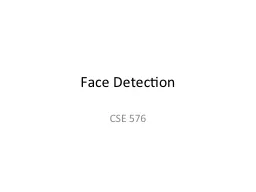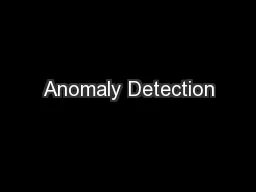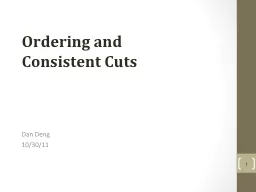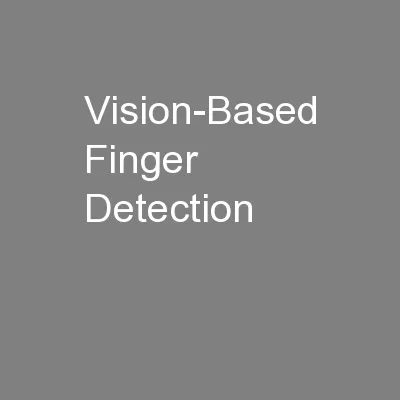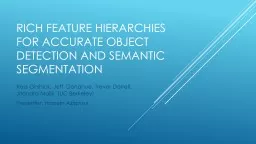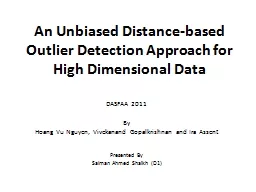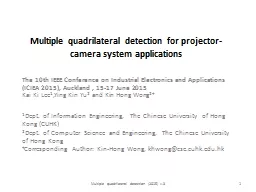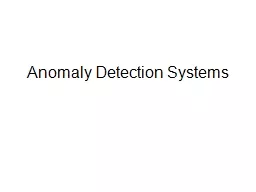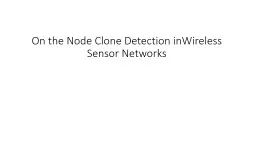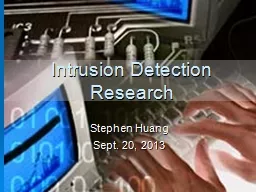PPT-Global Detection of
Author : briana-ranney | Published Date : 2017-04-03
Complex Copying Relationships Between Sources Xin Luna Dong ATampT LabsResearch Joint work w Laure BertiEquille Yifan Hu Divesh Srivastava VLDB2010 Information
Presentation Embed Code
Download Presentation
Download Presentation The PPT/PDF document "Global Detection of" is the property of its rightful owner. Permission is granted to download and print the materials on this website for personal, non-commercial use only, and to display it on your personal computer provided you do not modify the materials and that you retain all copyright notices contained in the materials. By downloading content from our website, you accept the terms of this agreement.
Global Detection of: Transcript
Download Rules Of Document
"Global Detection of"The content belongs to its owner. You may download and print it for personal use, without modification, and keep all copyright notices. By downloading, you agree to these terms.
Related Documents


